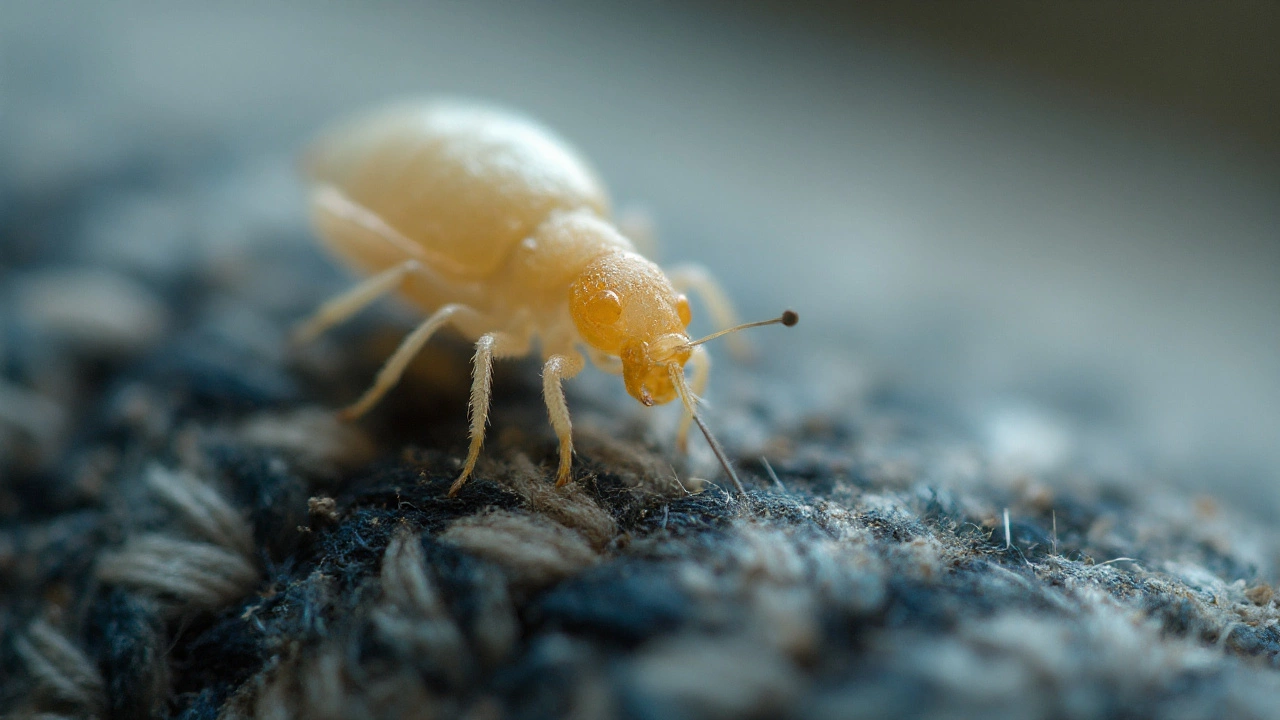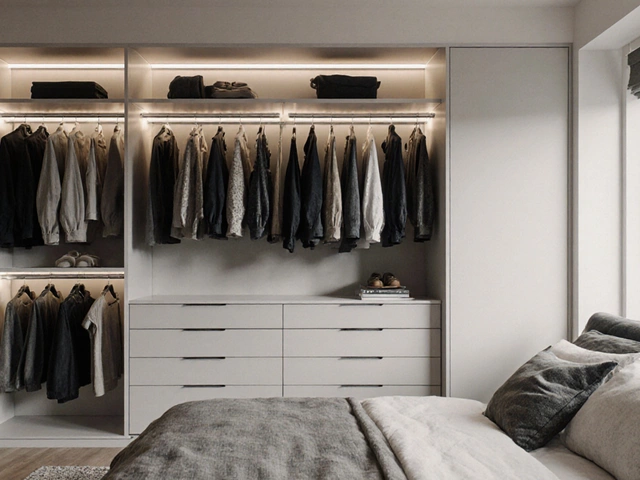Dust Mites: What They Are and How to Keep Them Away
When dealing with dust mites, tiny arthropods that live in household dust. Also known as house dust mites, they thrive in warm, moist environments and feed on skin flakes. Understanding allergies, immune reactions triggered by mite proteins is key because many people mistake sneezing or itchy eyes for a cold.
One of the biggest reasons dust mites stick around is the choice of bedding, sheets, pillows, and mattress covers that can trap moisture and skin particles. A mattress without a breathable, dust‑mite‑proof cover becomes a perfect breeding ground. Pair that with indoor humidity levels above 50 % and you’ve got a recipe for rapid population growth. Reducing humidity not only slows mite reproduction but also improves overall indoor air quality.
Common Triggers and Simple Solutions
High humidity, the amount of water vapor in the air is the main driver behind dust‑mite colonies. Using a dehumidifier or air conditioner to keep indoor humidity around 40‑50 % cuts their numbers dramatically. Ventilating rooms after showers and cooking also helps. If you notice a spike in allergy symptoms, check the moisture meter in your bedroom before blaming the season.
Cleaning tools matter, too. A HEPA vacuum, a vacuum equipped with high‑efficiency particulate air filtration captures mite allergens that regular vacuums push back into the air. When you vacuum, use slow, overlapping strokes on carpets and upholstered furniture. Follow up with a damp cloth to wipe surfaces, because dry dusting just spreads the allergens around.
Another practical step is to wash all washable bedding weekly in water hotter than 130 °F (54 °C). Heat kills both adult mites and their eggs. If hot water isn’t an option, add a few teaspoons of baking soda to the wash; it raises the pH enough to reduce mite survival. After washing, dry on high heat for at least 30 minutes to ensure any remaining allergens are destroyed.
Don’t forget floor coverings. Low‑pile rugs and hard‑floor surfaces hold fewer dust particles than thick carpets. If you must have carpet, choose a synthetic material that doesn’t retain moisture and clean it with a professional steam cleaner once a year. Steam’s high temperature penetrates deep fibers and eliminates hidden mite colonies.
Finally, consider your home’s overall layout. Reducing clutter eliminates hiding spots for dust and mites. Keep nightstands and dressers clear, store items in sealed containers, and use furniture with smooth, easy‑to‑clean surfaces. Simple changes like these lower the overall dust load, making it harder for mites to find food.
All these tactics work together: controlling humidity, choosing the right bedding, using proper cleaning equipment, and minimizing dust accumulation. Below you’ll find a collection of guides that dive deeper into each of these areas, offering step‑by‑step instructions, product recommendations, and quick‑fix tips to keep dust mites at bay and improve your home’s comfort.
What Do Furniture Mites Look Like? Clear ID Guide, Sizes, and Look‑Alikes
See what furniture mites actually look like. Learn sizes, colors, movement, where they hide, how to inspect, and how to tell mites from bed bugs, fleas, and carpet beetles.
full article




